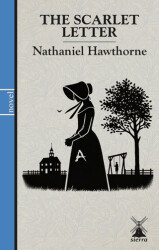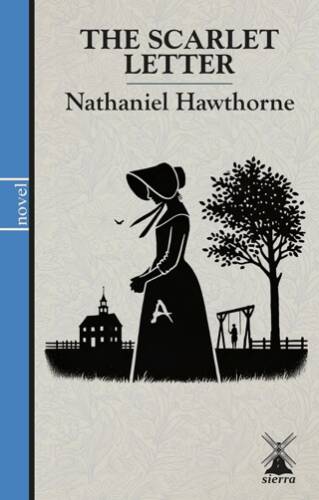Set within the rigid moral framework of 17th-century Puritan New England, The Scarlet Letter is a profound exploration of sin, guilt, and social judgment. The novel follows Hester Prynne, condemned to wear the scarlet letter "A" as a symbol of her adultery. Marked by public shame yet refusing to name the father of her child, Hester endures isolation and scorn while raising her daughter, Pearl, on the fringes of society.
As the narrative unfolds, Hawthorne examines the complex dynamics of secrecy, punishment, and moral hypocrisy. The hidden guilt of Reverend Arthur Dimmesdale and the vengeful obsession of Roger Chillingworth weave a tense and introspective portrayal of internal suffering and the conflict between private conscience and public condemnation.
The Scarlet Letter stands as a seminal work in American literature, offering a critical reflection on the cultural and religious strictures of its time. Hawthorne’s intricate prose and psychological depth present a timeless meditation on the nature of sin, redemption, and the human capacity for resilience.













